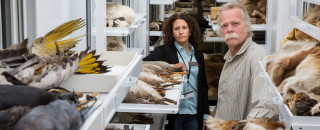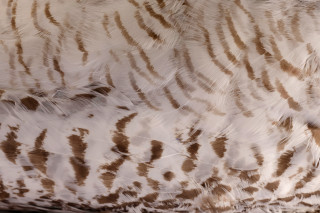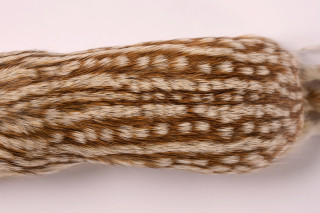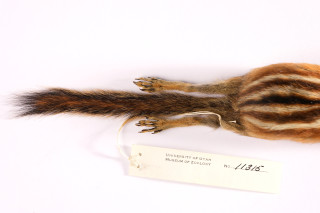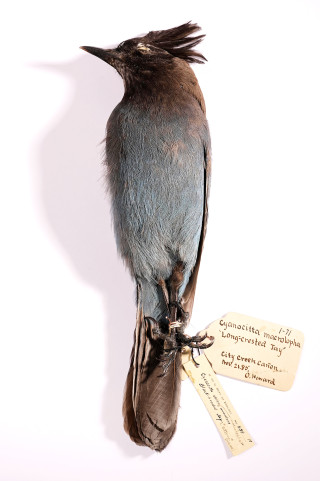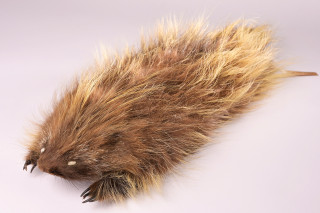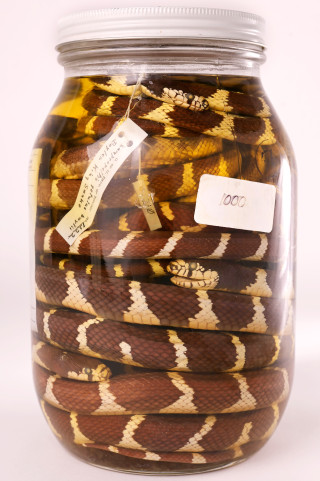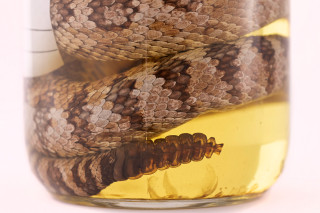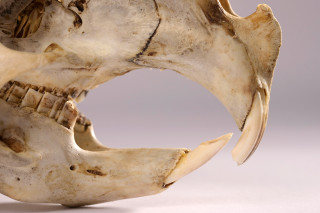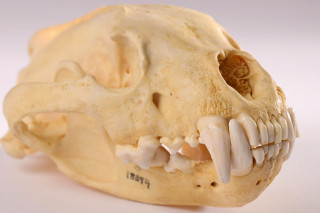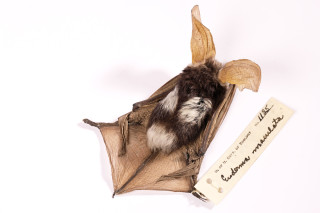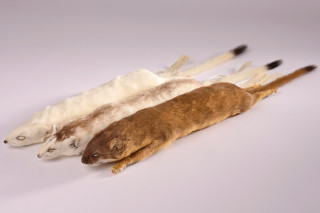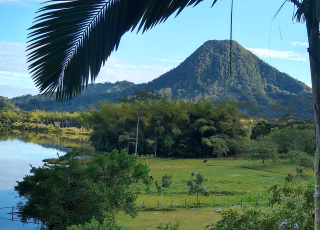Vertebrate Zoology
Vertebrate zoology is the study of animals with a backbone. For centuries, scientists have used natural history collections to understand more about these animals and document their diversity across our planet and throughout time. Each specimen is a time capsule of information that tells us about the natural world at a particular place, time, and under certain conditions. This means that returning to past sampling sites is an especially important facet of our work – we are able to see how animals in a particular geographic range are changing and relate climate change, habitat destruction, and human activity.
The Museum holds nearly 90,000 specimens representing birds, mammals, reptiles, and amphibians from all across the globe, with a special focus on biodiversity in the Intermountain West. There are many ongoing research projects that use and contribute to our collections, such as the Great Basin Resurvey Project across Utah and Nevada and the first survey of small mammals at Goblin Valley State Park in Utah. The Intermountain West has many diverse landscapes from hot deserts toalpine environments(treeline and above), and the species inhabiting these landscapes are matched in diversity. For instance, see our list of mammals of the Wasatch Front.
Most of our collections are not on exhibit because in order to preserve the specimens in perpetuity, they must remain in climate controlled storage away from light and pests.. In addition to traditional study skins, skeletons, and fluid-preserved specimens, we have a collection of over 13,000 frozen tissues that can be used for genetics, disease screening, and stable isotope analysis. In 2020 we began collecting parasites from the animals we collect: ectoparasites (e.g. fleas, ticks) and endoparasites (e.g. tapeworms, nematodes). Each of these parts ties back to the voucher specimen and its associated data in a framework known as the extended specimen.
All of our specimen records are available online for researchers and the general public to search. Explore our collections of birds, mammals, reptiles, and amphibians!
Did you know...
There are over 6,600 mammal species in the world and 40% of them are rodents!
